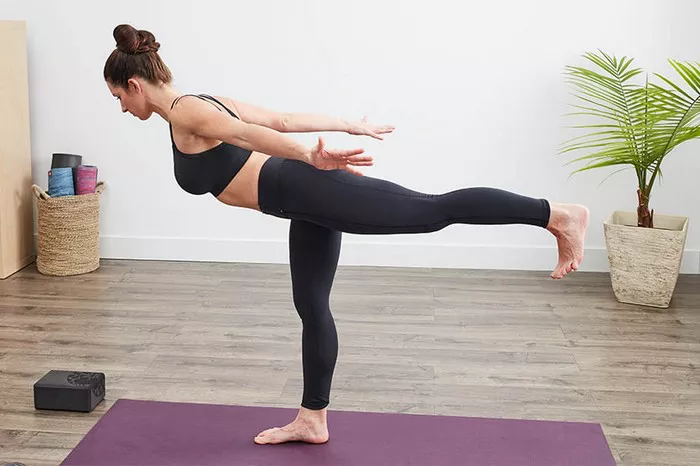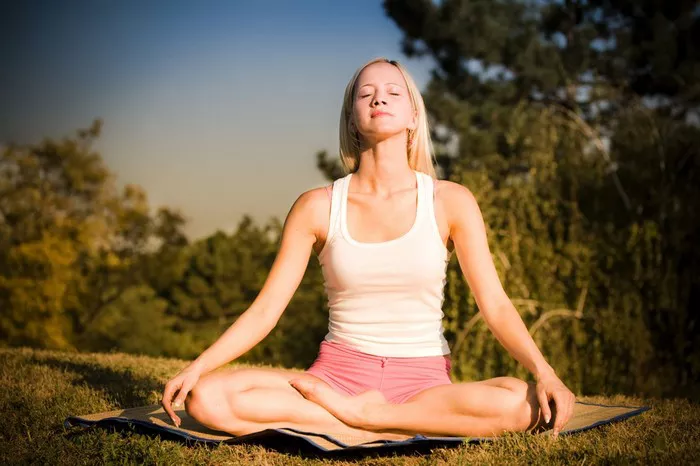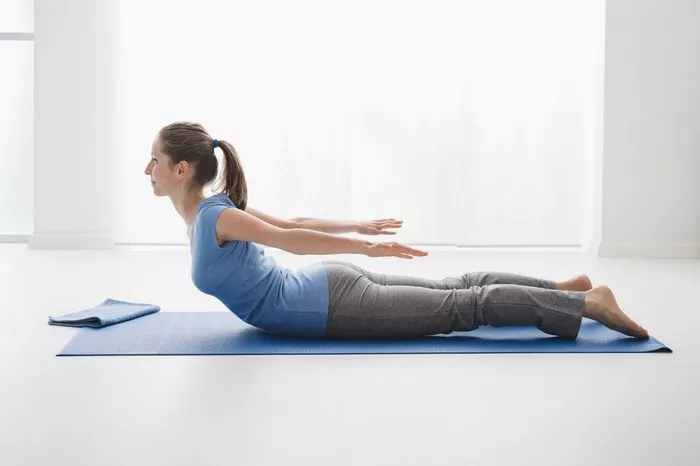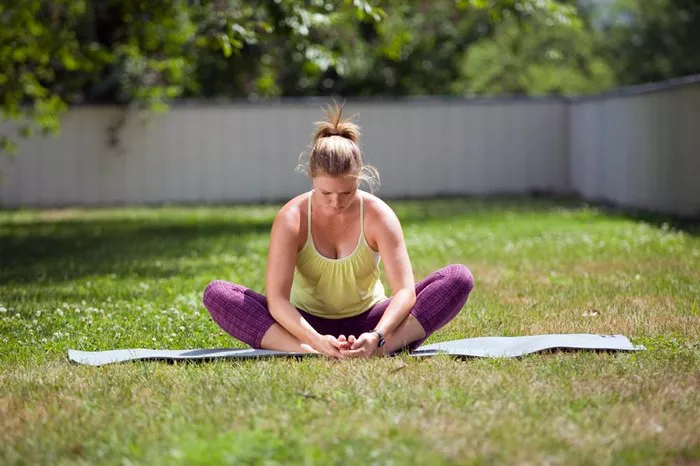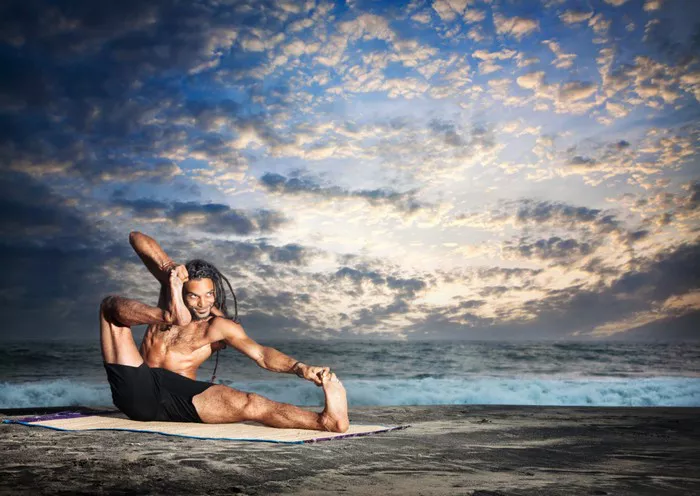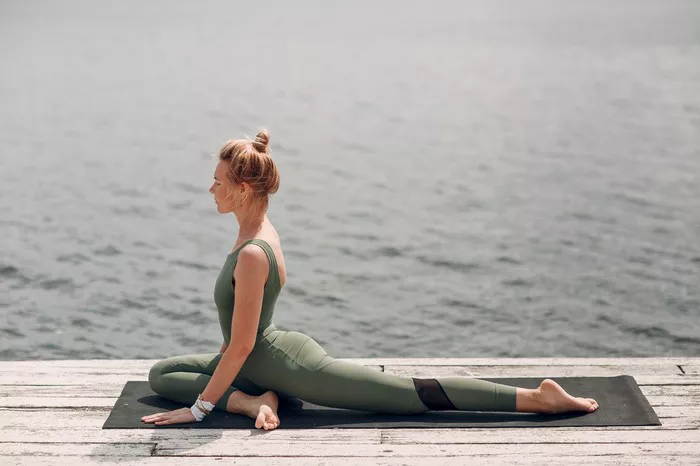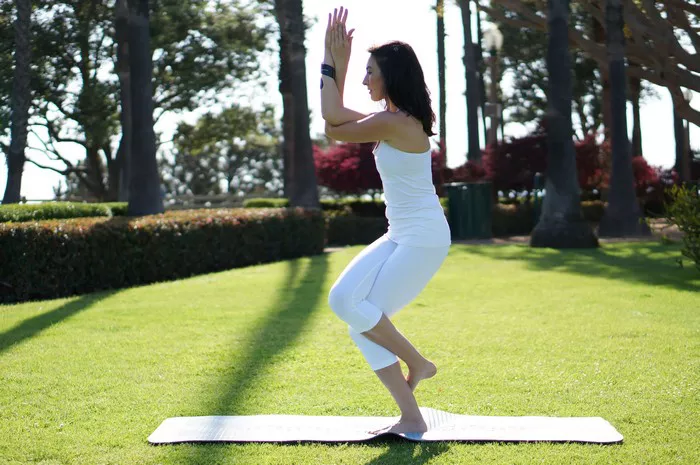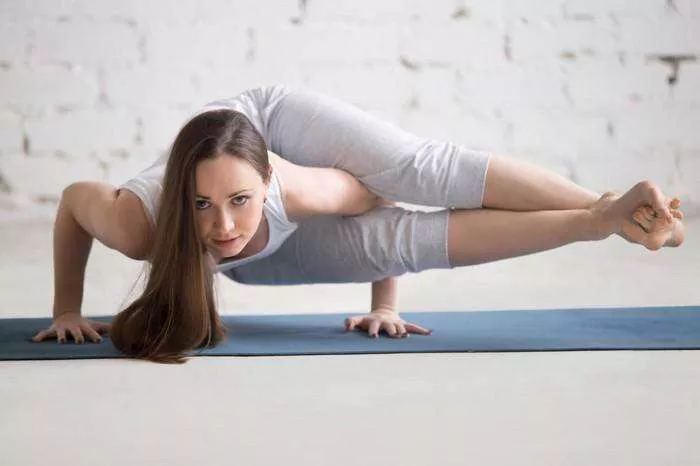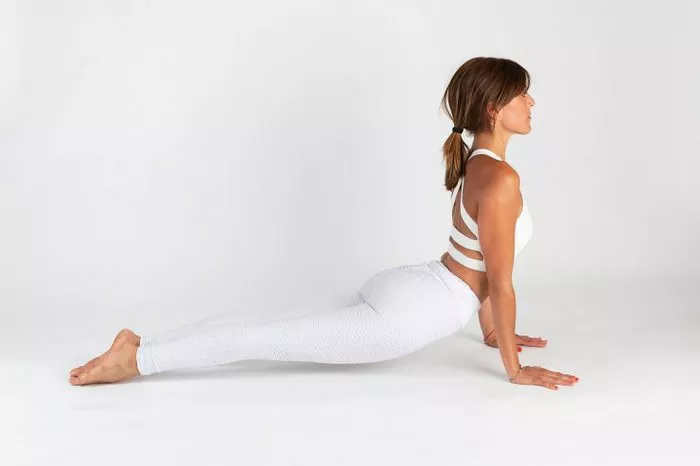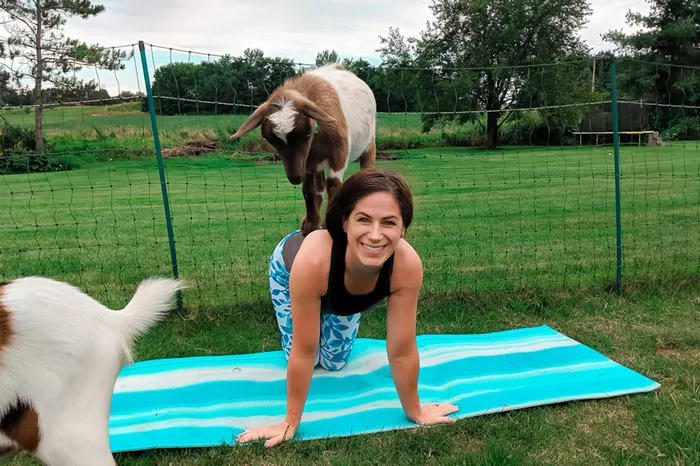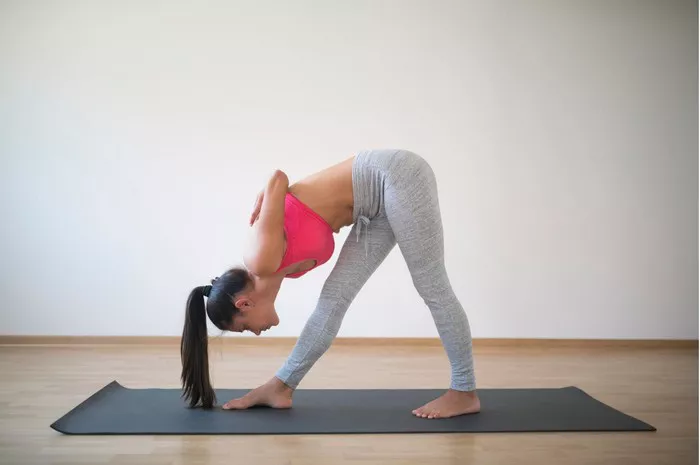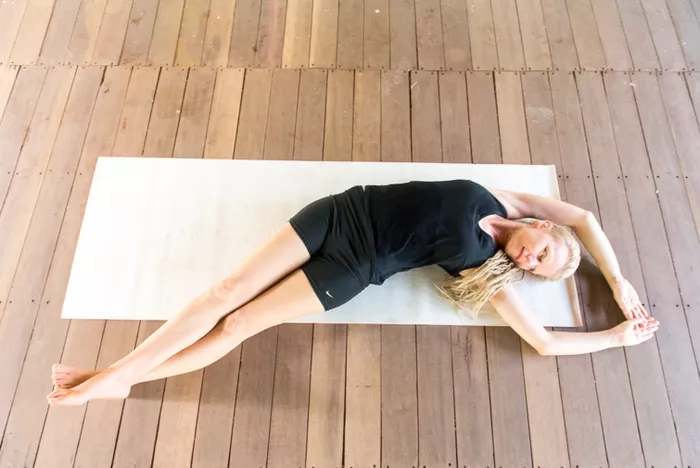Scoliosis is a musculoskeletal condition characterized by an abnormal lateral curvature of the spine. It often develops during adolescence but can also occur in adults due to degenerative changes or unknown causes. Depending on the severity, scoliosis can cause uneven shoulders, an asymmetrical waist, back pain, and restricted mobility. Some people may also experience breathing difficulties if the curve affects the ribcage. Early diagnosis and treatment are crucial in managing the condition and maintaining spinal health.
What Is Iyengar Yoga?
Iyengar Yoga, founded by B.K.S. Iyengar, is a form of Hatha yoga that emphasizes precision, alignment, and the use of props such as blocks, belts, and bolsters. It focuses on holding poses for extended periods to enhance strength, flexibility, and posture. The use of props allows practitioners to perform asanas (postures) safely and accurately, regardless of their physical condition. This makes Iyengar Yoga particularly suitable for individuals with physical limitations, including those with scoliosis.
Why Consider Yoga for Scoliosis?
Yoga is increasingly recognized as a complementary approach for managing scoliosis due to its emphasis on spinal alignment, muscle strengthening, and improved posture. For people with scoliosis, maintaining spinal flexibility and muscular balance is essential. Yoga promotes body awareness and can reduce muscular imbalances by strengthening weak muscles and lengthening tight ones. Over time, this may contribute to improved posture, reduced pain, and enhanced overall function.
Unique Benefits of Iyengar Yoga for Scoliosis
- Precision and Alignment: Iyengar Yoga’s focus on alignment helps address postural deviations caused by scoliosis. Practitioners learn to adjust and correct imbalances under guided instruction.
- Use of Props: Props provide additional support and make it easier to achieve correct alignment without strain, which is particularly helpful for scoliosis patients.
- Targeted Adjustments: Teachers trained in Iyengar Yoga often customize poses to suit each student’s spinal curve, which enhances therapeutic outcomes.
- Pain Management: Regular practice can help alleviate chronic pain by reducing muscular tension and encouraging a balanced musculoskeletal structure.
Key Iyengar Yoga Poses for Scoliosis
Certain poses in Iyengar Yoga are particularly effective in managing scoliosis. These asanas target postural alignment, muscular strength, and flexibility:
- Adho Mukha Svanasana (Downward-Facing Dog): Stretches the spine and hamstrings while strengthening the shoulders and arms.
- Trikonasana (Triangle Pose): Enhances lateral extension and opens the chest, improving symmetry.
- Utthita Parsvakonasana (Extended Side Angle Pose): Stretches the sides of the torso and strengthens the legs.
- Supta Padangusthasana (Reclining Hand-to-Big-Toe Pose): Helps to correct pelvic and spinal asymmetry.
- Setu Bandha Sarvangasana (Bridge Pose): Strengthens the lower back and promotes spinal extension.
Always consult a certified Iyengar instructor to ensure these poses are adapted correctly to suit your individual spinal curvature.
Safety Considerations and Precautions
While Iyengar Yoga can be highly beneficial, it’s essential to approach it with caution if you have scoliosis. Not all yoga poses are appropriate for every type of spinal curvature, and incorrect practice may exacerbate the condition. Always consult a healthcare provider and a certified Iyengar teacher who has experience working with scoliosis. Individual assessments are crucial for designing a safe and effective yoga routine.
Things to Avoid:
- Extreme twists that may increase spinal torsion.
- Backbends without support, which can worsen curvature.
- Poses that place unequal weight on the spine.
Helpful Tips:
- Begin with basic poses and gradually increase complexity.
- Use mirrors or video feedback to monitor alignment.
- Keep a consistent practice schedule for better outcomes.
Scientific Evidence Supporting Yoga for Scoliosis
Multiple studies have explored the benefits of yoga for scoliosis. A study published in Global Advances in Health and Medicine found that a specific yoga pose, practiced daily, reduced spinal curvature in adolescents and young adults. Other research has demonstrated improvements in pain, posture, and quality of life. Although most studies have small sample sizes, the findings suggest that yoga, particularly when tailored, is a promising adjunct therapy.
A 2016 review in Evidence-Based Complementary and Alternative Medicine concluded that yoga might improve flexibility and functional ability in scoliosis patients. However, the authors emphasized the need for more rigorous research to determine standardized protocols. Iyengar Yoga, due to its therapeutic orientation and structured approach, is often cited as one of the most effective forms for spinal disorders.
Role of Certified Iyengar Instructors
Working with a certified Iyengar Yoga instructor is essential for people with scoliosis. These instructors undergo rigorous training and are skilled in therapeutic applications of yoga. They can assess your spinal curvature, adapt poses accordingly, and provide hands-on adjustments. The individualized attention ensures that each session is safe and aligned with your needs.
Therapeutic classes often include a detailed assessment, custom sequence planning, and progressive pose modifications. Many instructors also collaborate with physiotherapists or doctors, ensuring an integrated approach to scoliosis care.
Long-Term Impact and Sustainability
With regular practice, Iyengar Yoga can have a lasting impact on scoliosis management. While it may not reverse spinal curvature, it can significantly improve posture, muscle tone, and body awareness. These benefits often translate into reduced pain, improved mobility, and enhanced quality of life.
Sustainability is a key advantage. Iyengar Yoga promotes lifelong learning and adaptability. As your condition or body changes over time, the practice can be modified to remain effective. This makes it a valuable tool not just for treatment, but for long-term wellness and self-care.
Testimonials and Real-Life Success Stories
Many individuals with scoliosis report significant improvements after incorporating Iyengar Yoga into their routines. Some have experienced reduced pain and better posture, while others note enhanced emotional well-being. Real-life stories highlight how consistent practice, combined with expert guidance, can yield meaningful results.
For example, one practitioner with a thoracic curve shared that regular Iyengar sessions helped reduce discomfort and improve spinal symmetry. Another reported greater confidence in movement and reduced need for pain medication. Such stories reinforce the potential of yoga as a holistic therapy.
Getting Started with Iyengar Yoga for Scoliosis
If you’re considering Iyengar Yoga for scoliosis, start by finding a certified teacher experienced in therapeutic applications. Look for classes that emphasize individual assessment and tailored instruction. Many Iyengar studios offer specific programs for back care or scoliosis.
Create a dedicated space for practice at home and invest in essential props like blocks, straps, and bolsters. Begin with short, guided sessions and gradually build your routine. Consistency, patience, and professional guidance are key to reaping the full benefits of this therapeutic discipline.
Final Thoughts
Iyengar Yoga offers a structured, supportive, and highly adaptable approach to managing scoliosis. Its emphasis on alignment, use of props, and personalized instruction make it particularly suitable for individuals with spinal curvature. While it may not replace medical treatment, it can serve as a valuable complement, enhancing physical function and quality of life.
Before starting, consult both your physician and a certified Iyengar teacher to ensure the practice aligns with your needs. With commitment and care, Iyengar Yoga can be a powerful tool in your journey toward spinal health and well-being.
Related Topics:

